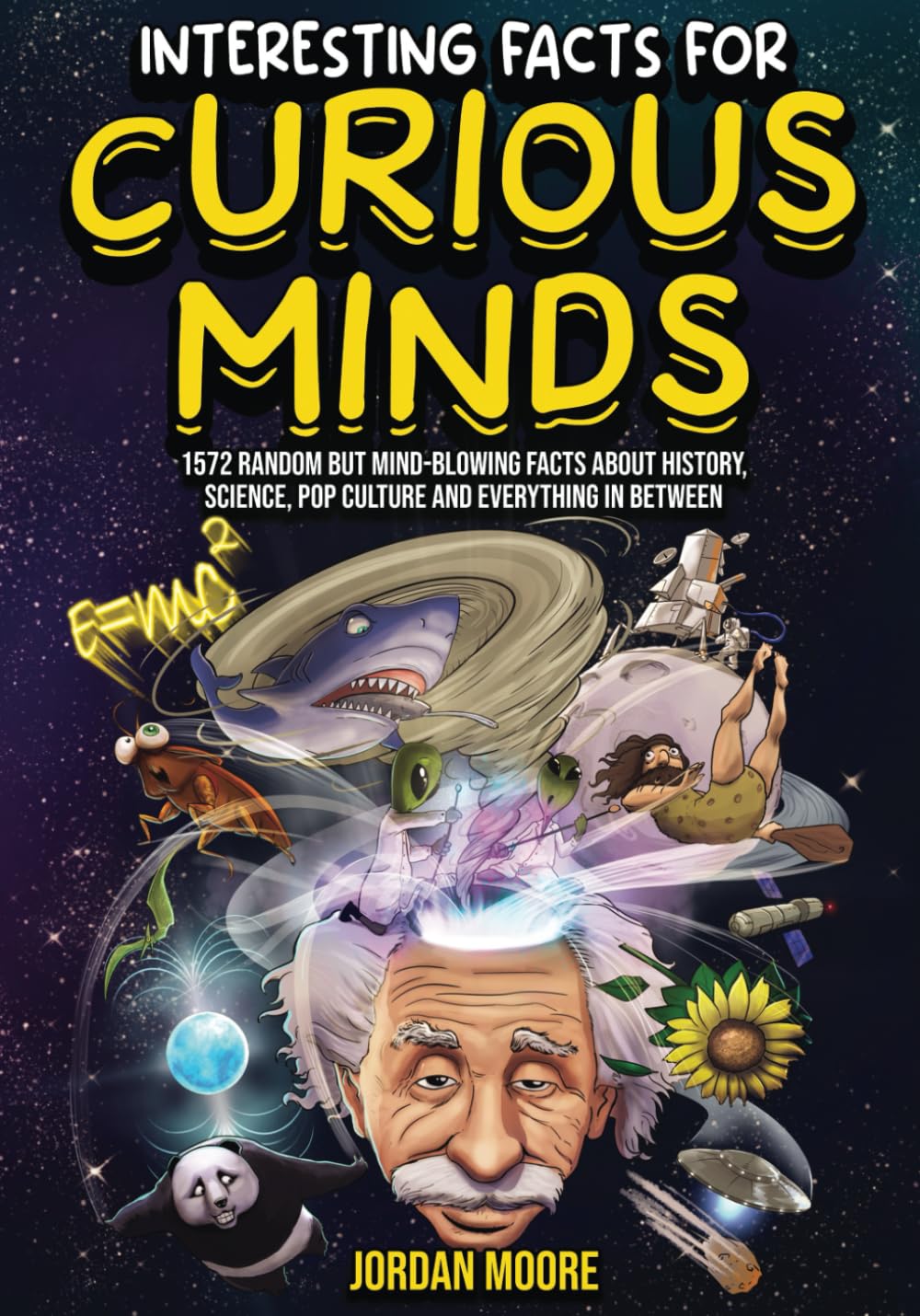
Interesting Facts For Curious Minds: 1572 Random But Mind-Blowing Facts About History, Science, Pop Culture And Everything In Between
Artistic Inspiration
byArtistic Inspiration has been a driving force throughout history, with the world’s most renowned artists drawing from personal experiences, cultural events, and even political upheaval. Spanish artist Salvador Dalí, for example, was profoundly impacted by the death of his older brother, who passed away nine months before Dalí was born. This tragedy influenced much of his work, notably in his 1963 painting Portrait of My Dead Brother. The emotional connection Dalí felt to his brother’s absence is evident in his surrealistic style, which often explored themes of death, loss, and the subconscious. For Dalí, personal loss was transformed into a lifelong artistic expression, showing how deeply personal events can shape a creative journey.
Throughout history, many artists found their inspiration in the turbulent times they lived through. Pablo Picasso’s iconic painting Guernica (1937), for instance, is a cubist representation of the horrors inflicted on the Basque town of Guernica during the Spanish Civil War. This piece is considered one of the most powerful anti-war works in modern art, using stark imagery to capture the emotional intensity of the destruction. Similarly, the 1945 photograph Raising the Flag on Iwo Jima by Joe Rosenthal became one of the most famous images of World War II. It captured the symbolic moment when six Marines raised the American flag atop Mount Suribachi on Iwo Jima, reflecting the courage and sacrifice of wartime heroes. These examples showcase how both personal tragedies and global events can fuel creativity, resulting in works that resonate with generations.
Another fascinating source of inspiration throughout history has been cultural and societal changes. The Renaissance, for instance, was a period in which artists were inspired by the rediscovery of ancient Greek and Roman art forms. In the late 1300s, the return to classical ideals of proportion and beauty led to some of the most well-known artworks in history, including those by Leonardo da Vinci and Michelangelo. In a similar vein, Francisco Goya’s artistic journey was shaped by his early rejections from art school, his subsequent move to Italy, and his return to Spain, where he went on to become one of the great painters of his time. His works, often dark and complex, were inspired by the political climate of Spain, as well as his own personal frustrations and experiences. The interconnectedness of personal perseverance and broader cultural shifts is evident in these artists’ careers, showing how adversity can spark revolutionary creative output.
In modern times, artistic inspiration continues to evolve and find its roots in both past and present influences. The emergence of Pop Art in the mid-20th century, exemplified by artists like Andy Warhol, took inspiration from the rise of consumer culture and mass production. Warhol’s famous works, such as his Campbell’s Soup Cans, reflected the growing commercialization of art, challenging traditional notions of high art and blending it with consumerism. Similarly, performance artists like Chris Burden found their inspiration in the violence of contemporary society, with his infamous 1971 piece Shoot, where Burden had himself shot in the arm as a critique of modern media and the sensationalization of violence. Such works challenge not only artistic conventions but also societal norms, forcing audiences to reflect on the realities of their time and the role of art in critiquing it.
Artistic inspiration can also come from nature and the unseen, as seen in the works of contemporary British installation artist Luke Jerram. Jerram’s creations, which include large-scale sculptures of microbes and viruses, invite viewers to contemplate the invisible forces that shape life on Earth. His art bridges the gap between science and aesthetics, turning microscopic organisms into monumental sculptures. Interestingly, Jerram’s color blindness adds an ironic layer to his work, as it pushes him to engage with color in ways that others might not, creating a unique perspective on the natural world. This shows how artists can find inspiration in both personal limitations and the unseen, highlighting the diverse sources that fuel creativity.
In summary, artistic inspiration is not a one-size-fits-all concept. Throughout history, it has been driven by personal loss, global events, cultural movements, and the natural world. Whether it’s the emotional weight of a personal tragedy, the call to challenge societal norms, or the inspiration drawn from nature, artists have always found ways to turn their experiences and observations into timeless works of art. From the ancient tools of the Paleolithic period to the vibrant colors of modern installation art, the evolution of artistic expression reflects the changing ways in which humans understand and interact with the world around them. The importance of inspiration in art cannot be overstated, as it continues to shape how we perceive and respond to our environment, past and present.

